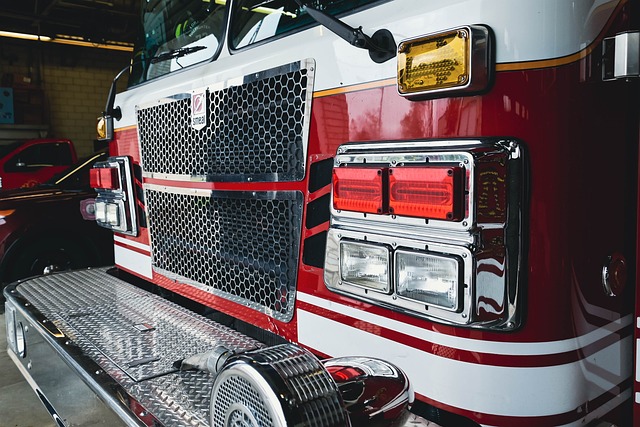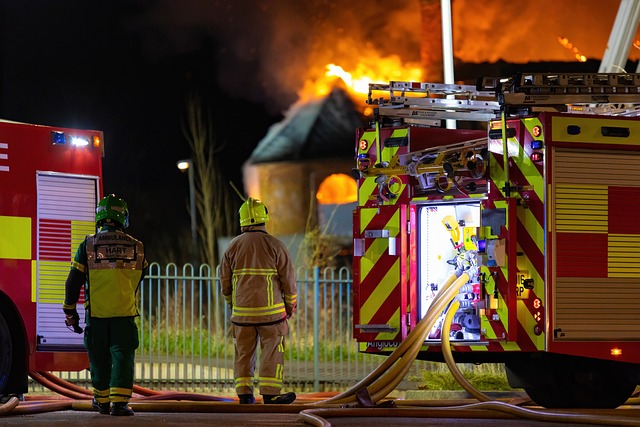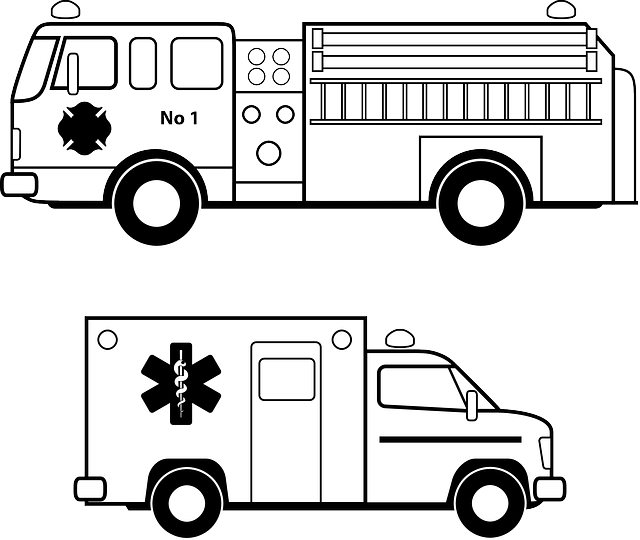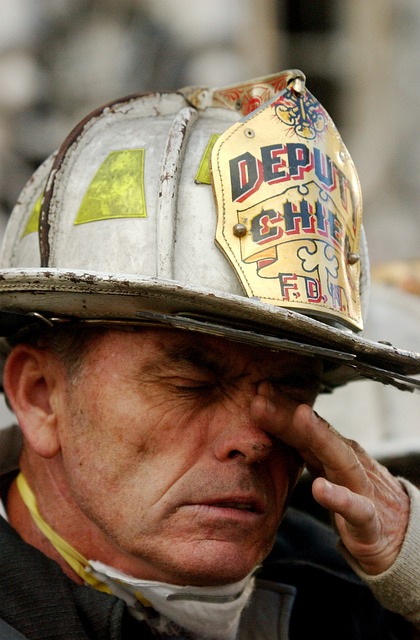Emergency pipe leaks, caused by aging infrastructure or tree roots, can lead to severe home issues like water damage, mold growth, and structural complications. Look for signs like water stains, dampness, low water pressure, bubbling paint, odours, or mold. Act swiftly by turning off the main water supply valve, catching dripping water, and calling emergency roofing services for professional diagnosis and repair. Tools needed for DIY repairs include a bucket, wrenches, pliers, teflon tape, replacement pipes, and a drill. Regular maintenance involves inspections, corrosion prevention, insulation, and drain cleaning to avoid costly emergencies. Stay calm, contact emergency roofing services promptly, and choose companies with same-day response, experienced technicians, high-quality materials, and modern equipment for effective repairs.
In the face of an unexpected pipe leak, swift action is crucial to mitigate damage and avoid costly repairs. This comprehensive guide navigates the intricacies of emergency pipe leak fixes, empowering homeowners with essential knowledge. From understanding common causes to assessing damage, temporary solutions, DIY tools, and preventive maintenance, we demystify the process. Furthermore, we delve into when to enlist professional emergency roofing services, offering a step-by-step repair guide for various pipe types. Master these strategies to protect your home and pocketbook in wet weather.
Understanding Emergency Pipe Leaks: Common Causes and Immediate Concerns

Emergency pipe leaks can cause significant damage to your home or property, leading to costly repairs and potential health hazards. Understanding the common causes is crucial for prompt action. One of the primary culprits is aging pipes, especially in older homes. Over time, metal or plastic pipes can corrode, rust, or weaken due to temperature fluctuations, resulting in cracks and leaks. Another frequent issue is tree roots encroaching on underground pipes, often caused by poor landscaping or nearby trees. These roots can pierce the pipe’s exterior, leading to sudden leaks.
Immediate concerns arise when you notice signs of a leak, such as water stains on ceilings or walls, dampness in basements or attics, or an unusual drop in water pressure. If left unattended, these issues can escalate quickly, causing not only extensive water damage but also mold growth and structural problems. That’s where emergency roofing services come into play. Promptly addressing pipe leaks is essential to mitigate these risks, ensuring the integrity of your home and the well-being of its inhabitants.
Assessing the Damage: What to Look For Before Fixing

Before diving into any emergency pipe leak fix, it’s crucial to assess the damage. Look for signs like water stains on ceilings or walls, bubbling or peeling paint, and unexpected drops in water pressure. These indicators can point to specific issues with your plumbing system, helping you determine the extent of the problem.
In the event of a pipe burst, pay attention to the flow rate of water. A steady stream suggests a larger break, while a trickle might indicate a smaller, less urgent repair. Additionally, check for odours or visible evidence of mold, as these can signal leaks that have gone unnoticed for some time. For accurate diagnosis and efficient emergency roofing services, it’s best to contact professionals who can assess the situation swiftly and effectively.
Temporary Stopgap Measures for Quick Relief

In a plumbing emergency, especially with a pipe leak, time is of the essence. Before professional emergency roofing services arrive, there are some temporary stopgap measures you can take to provide quick relief and prevent further damage. One simple yet effective method is to turn off the main water supply valve located near the affected area. This will halt the flow of water, significantly slowing down or stopping the leak.
Another quick fix is using a bucket or container to catch any dripping water. Place it strategically under the leak to collect and divert water away from vulnerable areas like floors, walls, or valuable possessions. These temporary fixes offer respite while waiting for professional help, ensuring minimal disruption and water damage during an emergency.
Essential Tools and Materials for DIY Emergency Repairs

When faced with a pipe leak, having the right tools and materials on hand can make all the difference in a DIY emergency repair. Before you begin, gather essential items like a bucket, wrenches (both open-end and pipe), pliers, tape (teflon or duct), replacement pipes or fittings, and a drill with appropriate bits. These tools are crucial for isolating the leak, removing damaged sections, and installing new repairs swiftly.
For emergency roofing services, consider adding specialized items like a roof repair kit with sealant and flashing materials. While these tasks might seem daunting, having these tools readily available ensures you’re prepared to tackle leaks promptly, minimizing water damage and potential structural issues until a professional can assess or fix the problem properly.
When to Call in Professional Emergency Roofing Services

A pipe leak can cause significant damage if left unattended, especially in extreme weather conditions. While a small, localized issue might be temporarily fixed by a DIY approach, it’s crucial to recognize when professional emergency roofing services are necessary. Signs that warrant calling in experts include persistent water leaks, extensive water damage, or visible signs of roof deterioration, such as missing shingles or flashing issues.
Professional emergency roofing services offer specialized knowledge and equipment to swiftly address complex leak problems. They can identify the root cause, whether it’s a faulty pipe, damaged shingles, or blocked gutters, and provide long-lasting solutions. Prompt action from professionals is vital to prevent further damage, minimize costs, and ensure the safety of your property and family.
Step-by-Step Guide: Fixing Leaks in Different Types of Pipes

Fixing leaks in pipes can be a daunting task, but with the right approach, many common issues can be resolved quickly and efficiently. Whether it’s a burst pipe or a slow drip, understanding the source of the leak is crucial. Start by isolating the area to prevent further damage. For metal pipes, check for corrosion or signs of wear and tear. In contrast, plastic pipes may have cracks or fractures that need attention. Once identified, the repair process varies based on the type of pipe:
1. Metal Pipes: If you’re dealing with rusted or corroded metal, consider replacement as the leak might be structural. For simple leaks, use a repair kit suitable for metal pipes, applying a sealant or adhesive to create a temporary fix.
2. Plastic Pipes: For plastic pipes, identify the crack and clean the area thoroughly. Use a pipe repair compound designed for PVC or other plastics and follow the manufacturer’s instructions for a durable, long-lasting seal. In cases of severe damage, replacement might be necessary.
Don’t forget, emergency roofing services often include prompt leak repairs, ensuring your home is protected from potential water damage.
Preventive Maintenance Tips to Avoid Future Emergencies

Regular maintenance is key to preventing pipe leaks and the need for emergency roofing services. Schedule periodic inspections to identify potential issues early on. Look for signs of corrosion, cracks, or loose fittings, addressing them promptly. Insulating pipes against extreme temperatures can prevent burst pipes, a common cause of emergencies. Keep an eye on water pressure; sudden spikes or drops may indicate problems with the plumbing system.
Additionally, staying vigilant about what goes down the drain is crucial. Avoid pouring grease, coffee grounds, or large food particles into the sink, as these can solidify and block pipes. Regularly clean out drain traps and consider using drain covers to prevent hair and other debris from building up. These simple preventive measures can save you from costly repairs and inconvenient emergencies.
Common Pitfalls to Avoid During Emergency Pipe Leak Fixes

When faced with an emergency pipe leak, it’s crucial to stay calm and avoid common pitfalls that could exacerbate the issue or lead to further damage. One major mistake is attempting to fix the problem without proper knowledge or tools, which can result in incomplete repairs and potential health hazards due to mold or water damage. Always prioritize safety; if leaks are severe, evacuate the area and call emergency roofing services immediately.
Another pitfall is delaying action. Even if the leak seems minor, ignoring it could lead to significant water damage, structural instability, and high repair costs. Prompt action can save you money and minimize disruption. Remember, DIY methods have their limits; complex plumbing issues often require professional tools and expertise, so consider calling in emergency roofing services for thorough and effective leak fixes.
Choosing the Right Emergency Roofing Company: Key Considerations

When faced with an unexpected pipe leak, swift action is crucial. One of the first decisions you’ll make is selecting an emergency roofing company. This choice can significantly impact the severity and duration of your disruption.
Key considerations when choosing emergency roofing services include their response time, expertise in handling specific types of leaks, use of high-quality materials, and reputation for reliable service. Reputable companies should offer same-day response, have experienced technicians who can assess and fix a wide range of issues, and use modern equipment to ensure the longest-lasting repairs. Check online reviews and ask for references to make an informed decision, ensuring you receive top-notch emergency roofing services that restore your home or business to its pre-leak condition promptly.
